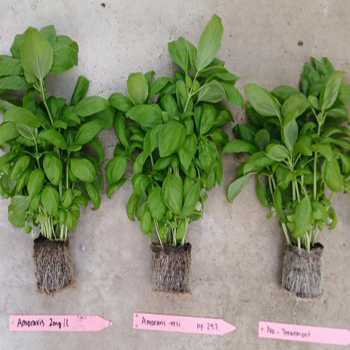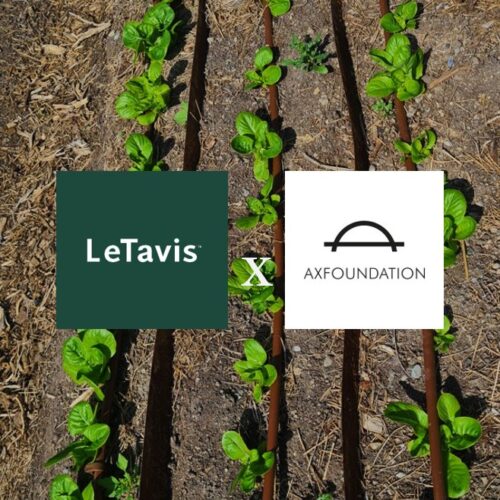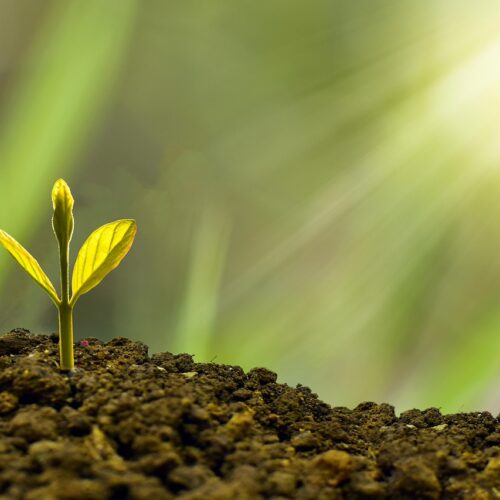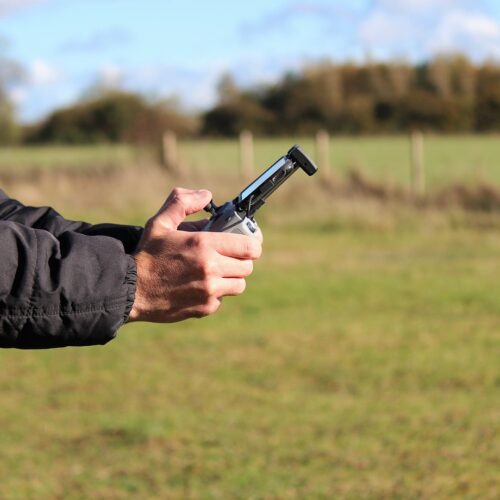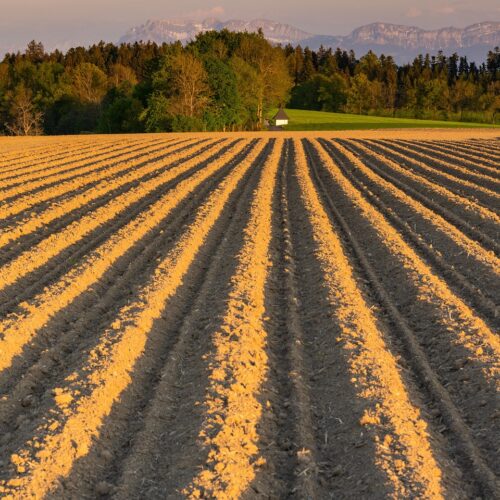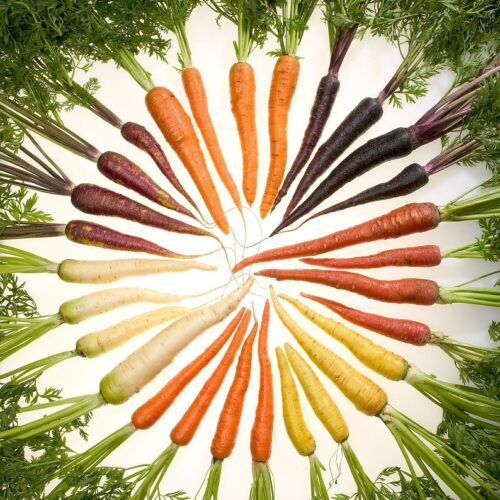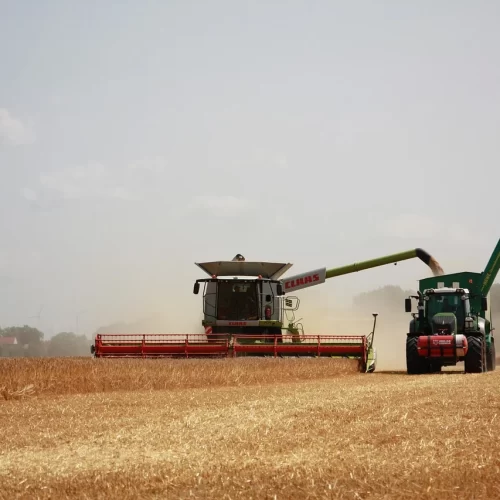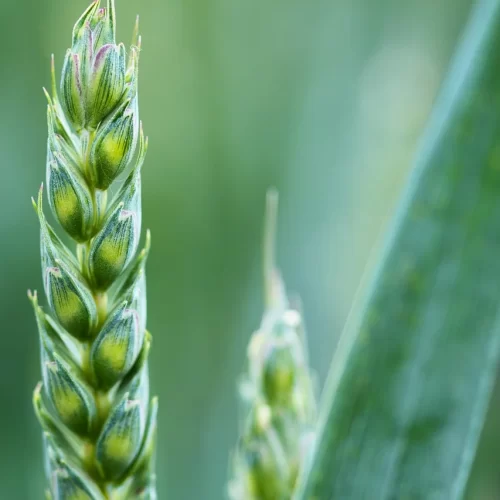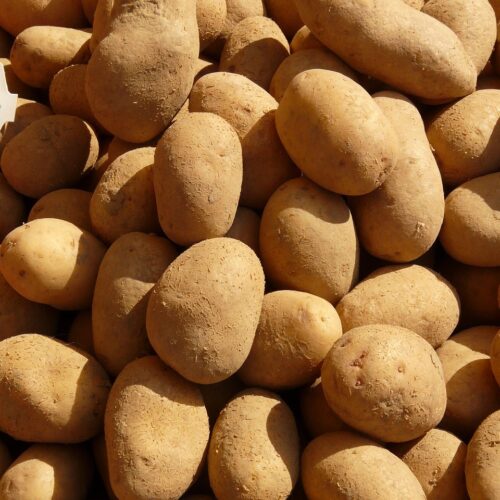FOOD SUPPLY
Swedish Food Supply – Where Do We Stand Today?
Sweden’s self-sufficiency in food production has significantly declined over the past decades. In the early 1990s, we produced approximately 75 percent of our own food, but today that figure has dropped to around 50 percent (Swedish Parliament). This means that half of the food on our plates is imported, making us vulnerable to crises and disruptions in global supply chains.
Challenges for Swedish Food Production
Several factors have contributed to this decline in self-sufficiency:
- Competitiveness and profitability: Swedish farmers face higher production costs and stricter regulations compared to many other EU countries, negatively impacting their competitiveness.
- Dependence on imports: For several food products, the self-sufficiency rate has dropped below 50 percent, meaning a significant portion of our food comes from other countries.
Government Actions and Strategies
To reverse this trend, the government has introduced a national food strategy with a target set for 2030. The goal is to create a competitive food supply chain that increases total food production while meeting environmental goals. The strategy aims to promote growth, employment, and sustainable development across the country.
In 2024, the government launched “Food Strategy 2.0,” an updated version of the original strategy. This new initiative focuses on strengthening competitiveness within the food supply chain and reducing vulnerabilities in times of crisis. The aim is for consumers to feel confident that the Swedish food system is stable and resilient to external pressures.
The Importance of Increased Self-Sufficiency
Strengthening Sweden’s food self-sufficiency is crucial for ensuring a secure and stable food supply, especially during crises. By increasing domestic food production, we can reduce our dependence on imports while reinforcing national security and preparedness.
To achieve this, investments are needed in:
- Improved profitability for Swedish farmers
- Reduced bureaucracy
- Stronger innovation in agriculture
Our biostimulant is the result of over 25 years of research, and we know it can contribute to more efficient and sustainable food production. By enabling higher yields on smaller areas, we support a scalable agricultural system that produces food closer to the end consumer—aligning with the vision outlined by the OECD.
However, innovation and dedicated entrepreneurs alone are not enough—we also need increased collaboration between the government, industry, and consumers. Together, we can create the conditions for a more sustainable and self-sufficient Swedish agriculture.

